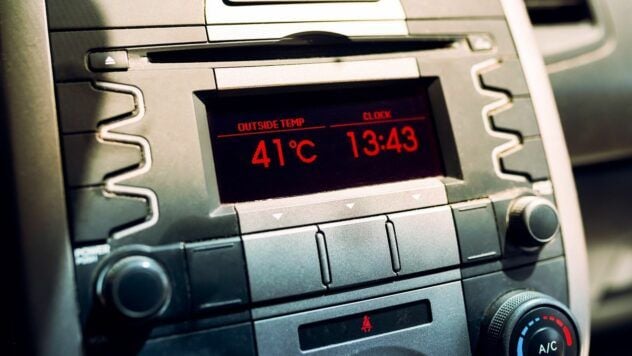
At least nine people have died as a scorching heatwave has engulfed the European continent this week. Experts call these heatwaves “silent killers” because of the thousands of lives they claim each year.
Red heat waves in Italy
In Italy, scorching heat reaching 38°C has prompted authorities to issue the strictest red alert levels in 17 major cities, including Milan and Rome, while several regions have banned outdoor work in the afternoon.
However, the sweltering conditions caused by the “heat dome” hanging over Europe have already caused the death of at least one worker.
Now watching
Brahim Ait El Hadjam, 47, fell in the midday sun while pouring concrete in a car park on the outskirts of Bologna, where a red alert was also issued, local media reported.
Two men over 60 died on the beaches of Sardinia, the ANSA news agency reported, while in the Sicilian capital Palermo on Monday a 53-year-old woman died after reportedly collapsing while walking in the street. Local media reported that she had a heart condition.
Heat Death Statistics
The study found that 61,000 people died due to heat in Europe during the hottest summer on record in 2022.
The head of the Italian Society of Emergency Medicine (SIMEU), Alessandro Ricciardi, said that the current heatwave had seen a sharp increase in the number of hospitalizations in emergency departments.
Early heat wave
In Spain, temperatures rose even higher, reaching 46°C in Huelva on Saturday and 37.9°C in Barcelona yesterday, July 3, where authorities are also investigating whether the death of a street cleaner over the weekend was related to the heat.
Authorities also reported heat-related deaths in Extremadura and Cordoba.
France's energy minister has reported two deaths directly linked to the heatwave, with 300 hospitalised. The capital could see 40C temperatures again today, with the top of the Eiffel Tower remaining closed, along with hundreds of schools.
Meanwhile in Germany, firefighters battled several forest fires in the eastern states of Brandenburg and Saxony, with temperatures reaching 40°C (104°F) in some areas.
Officials are concerned that this heat wave began in June, when usually such high temperatures only occur in July and August.
Climate change is making heat waves more frequent, more intense and affecting larger geographic areas, experts say.

